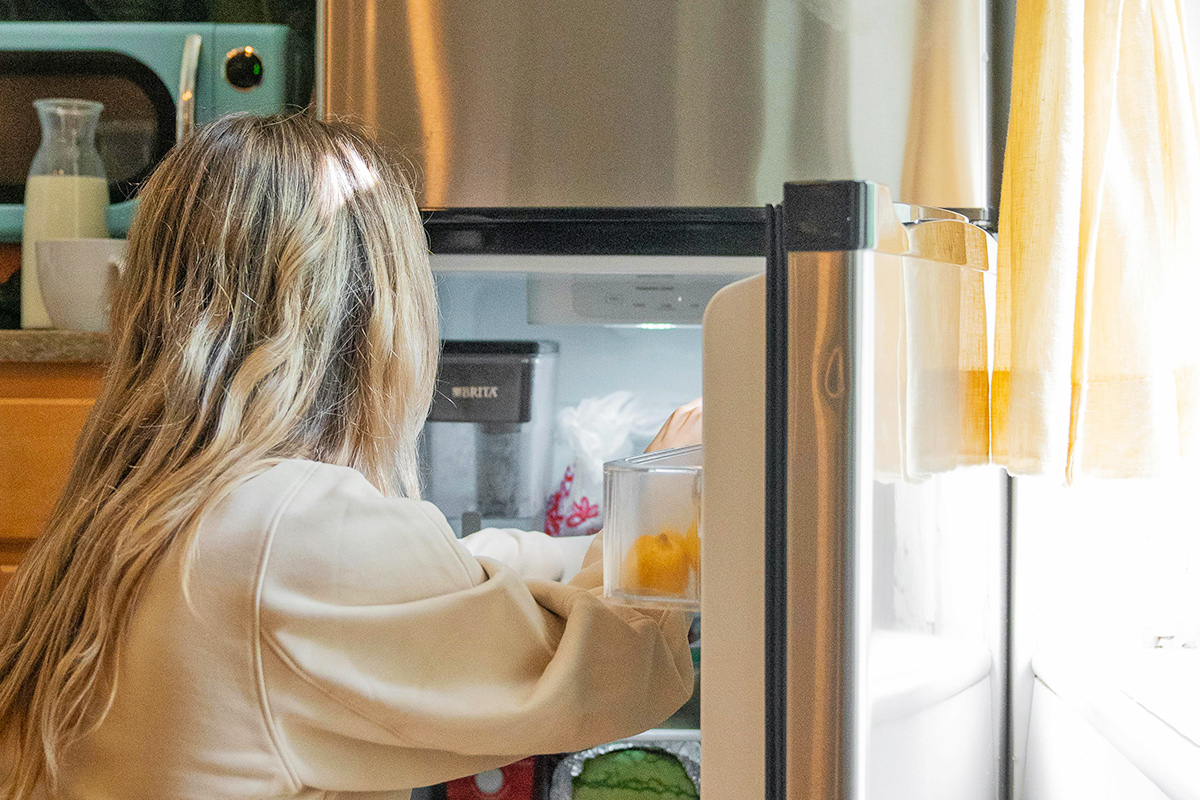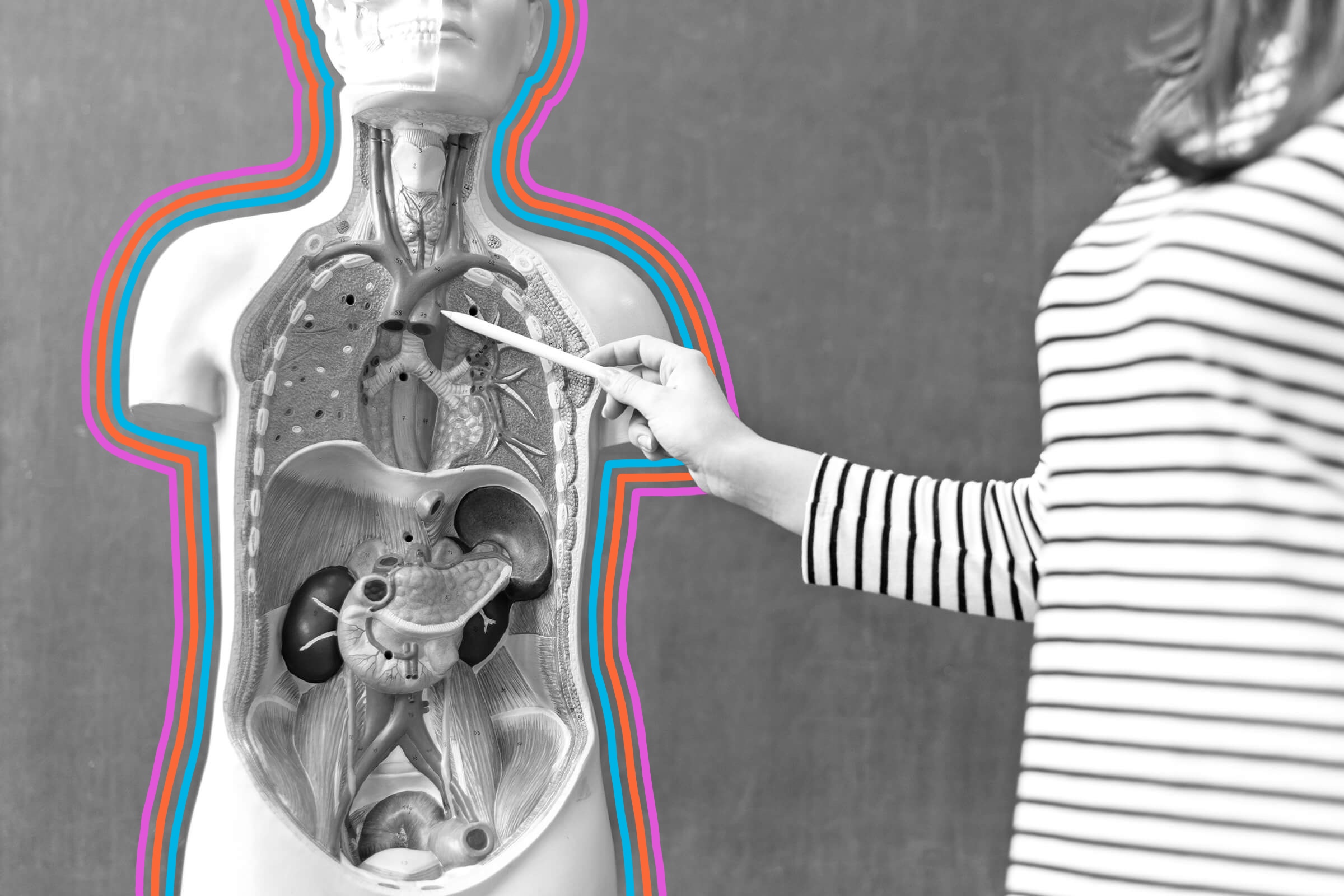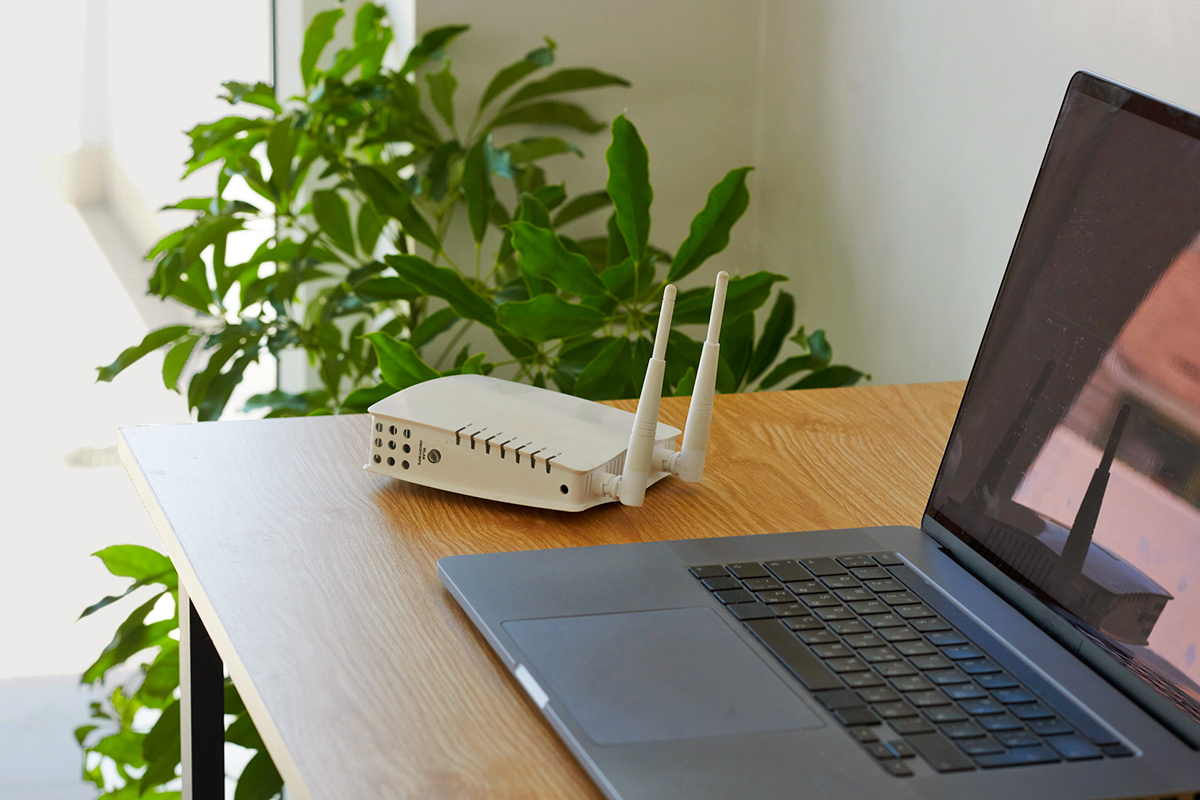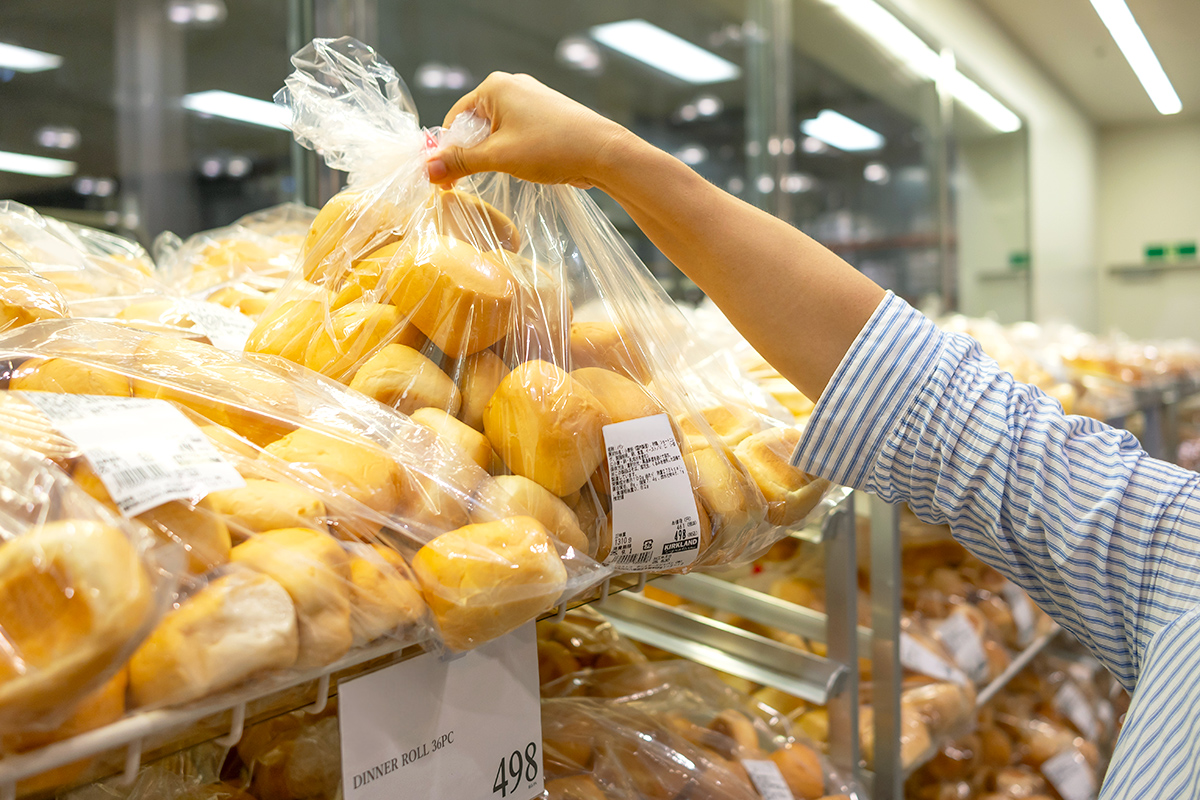If your last electric bill was unexpectedly high but you haven’t been running your appliances or keeping your lights on more than usual, you might want to take a look around your house. We’ve rounded up 10 items that commonly cause energy bills to add up, so you can address the problem, save money, and…
1. Refrigerator
Your refrigerator runs 24/7, consuming a considerable amount of electricity. We don’t recommend unplugging your fridge to save money, but if you have an older model, consider upgrading to something more energy efficient. Energy consumption in modern refrigerators is a fraction of what it was in the 1970s — typically 25% or less — so you may want to rethink that outdated “drink fridge” in the garage. Other ways to make sure your fridge is running efficiently include cleaning the condenser coils, keeping the temperature set to the manufacturer’s recommendation, and avoiding overstocking it.

2. HVAC
Heating and air conditioning is the single biggest user of energy in a household, and generally accounts for over half of an energy bill. We recommend waiting as long as possible to turn on your heating or cooling for the season, then use energy-saving measures to keep your bill as low as possible. Investing in a smart thermostat allows you to set a schedule according to your daily routines, adjust the temperature remotely, and monitor your energy usage. Some models, such as the Google Nest Learning Thermostat, can even detect when you’re home or away and adjust the temperature accordingly.

More from our network
House Outlook is part of Inbox Studio, which publishes content that uplifts, informs, and inspires.
3. Water Heater
Water heaters work more than you might think — generally around three to five hours per day. You can limit the use of yours by setting the thermostat temperature to 120 degrees Fahrenheit (or lower if you can handle it), and using cold water to wash your clothes. If you have an energy-efficient dishwasher, you can reduce water and energy consumption by using it over handwashing your dishes. If you have to or prefer to hand-wash, fill your sink basin with a few inches of warm, soapy water and turn off the faucet while scrubbing dishes to keep costs down.

4. Chargers
These aren’t going to set your energy bill over the top, but they do draw power even when they’re not in use. If you’re not actively charging a device, unplug your charger from the outlet to save — every bit counts.



5. Outdated Lightbulbs
Older lightbulbs, especially incandescent bulbs, can add unnecessary costs to your bill. Why? Because old lightbulbs actually give off more heat than light. This excess heat can cause your HVAC system to work harder. Update your lightbulbs to more efficient options whenever possible. LED lights are the most energy efficient on the market, using around 90% less energy than older types of lighting. You don’t have to settle for harsh, bright-white lighting, either; there are plenty of LED options that emit a soft, comforting glow, just like the bulbs of yesteryear.

6. Television
Televisions use between 50 and 200 watts of electricity per hour when they’re on. Older models, such as CRT and OLED models, run on the higher end of that spectrum, and plasma TVs can go up to 300 watts. If you’re ready to switch, look for LED or LCD televisions to help you save money on your electricity bill.

7. Laptops and Computers
A laptop or home computer isn’t a major energy drain. Laptops usually consume around 30 to 70 watts per hour when in use, while desktop computers draw 70 to 250 watts per hour. Most people don’t use their devices for only an hour, though, especially if they work from home or use them to stream shows or movies. Shut off or put your computer in sleep mode when you’re not using it to save power for the next time.

8. Washer/Dryer
To save energy with your washer and dryer, always run full loads. Wash most items in cold water, line dry when and where possible (a drying rack near a heating vent is a great way to save during the winter months), and use tricks like adding a dry bath towel to a wet load in the dryer.

9. Oven
Electric ovens use a lot of electricity — between 2,000 and 5,000 watts per hour, on average. We’d never tell anyone to stop cooking at home, but get creative when you can. Not only do air fryers cook faster, but they also use about half the total energy of a wall oven. Alternatively, you could use a slow cooker or electric pressure cooker to reduce power consumption at mealtime. Gas ovens hardly use any electricity, but will, of course, use gas to run, so if that’s cheaper in your area, you might want to consider a gas appliance over an electric one.

10. Vampire Devices
They’re not as scary as they sound, but vampire devices can quietly inflate your energy bill. Similar to unused chargers, some appliances can suck up electricity just from being plugged in. Common culprits include coffee makers, TVs, printers, gaming consoles, microwaves, and more. Unplugging these vampire devices after use can make your home more energy-efficient.
If you prefer to keep your low-wattage devices plugged in and ready to use, consider purchasing a smart power strip to limit outlet usage. However, you should avoid using power strips for high-powered appliances such as coffee makers, microwaves, toasters, and space heaters due to the risk of overheating and fire.

If you’re not ready or able to replace large appliances or even small fixtures around your house, don’t worry — you can still save money by adopting good habits. Turn off the lights when you’re not in the room, insulate your windows (thermal curtains can go a long way), and take advantage of off-peak hours when making slow-cooked meals in the oven, taking a bath, or doing laundry.

















